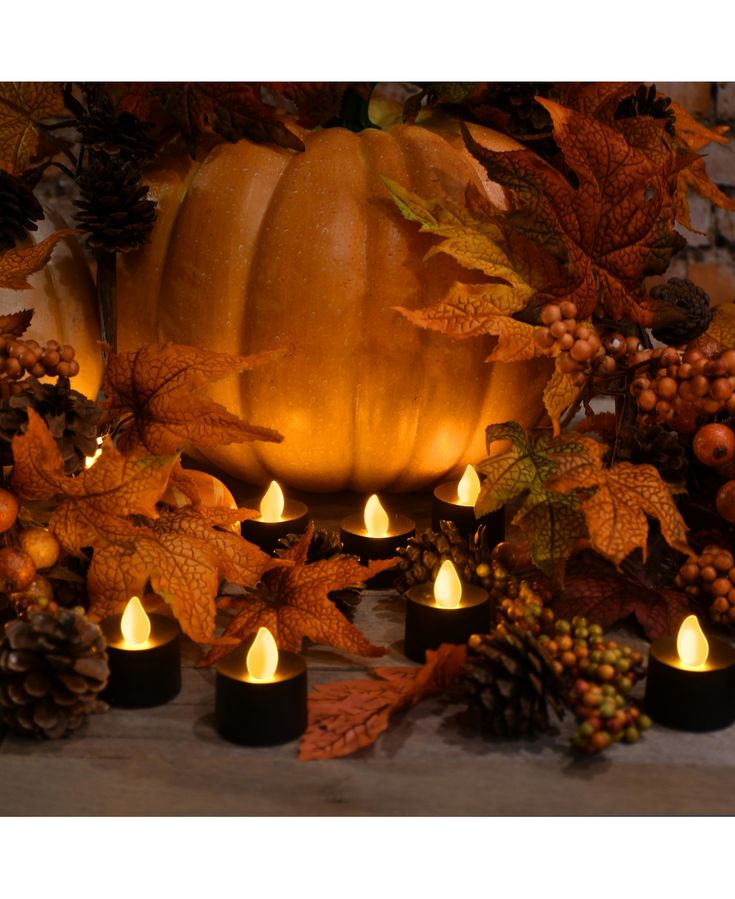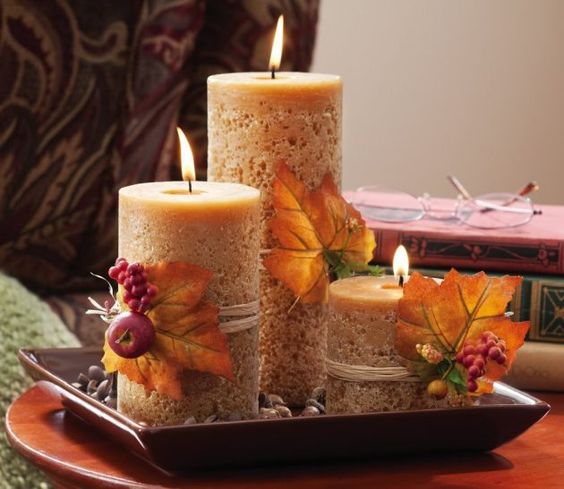
Image Source: unsplash
Introduction
Scented candles have become a popular addition to many households, providing a pleasant aroma and creating a cozy atmosphere. However, there has been growing concern about the potential toxicity of these candles and their impact on our health. It is important to understand the composition of scented candles and the potential risks they may pose.
When it comes to scented candles, one of the main concerns is the composition of the candle wicks. Traditional cotton wicks are often treated with chemicals to enhance their burning capabilities.When you burn candles, some not-so-great chemicals can get released into the air. I'm talking about volatile organic compounds, or VOCs for short. These VOCs can pollute the indoor air and cause some annoying health problems if you're exposed to them for a long time. We're talking headaches, respiratory irritation, and potentially more serious issues.
In recent years, there has been a shift towards using lead-free wicks in scented candles. Lead wicks were commonly used in the past but have since been banned due to their toxicity. However, even without lead, other metals such as zinc or tin can still be present in candle wicks. These metals can also release harmful substances when burned, adding to the potential toxicity of scented candles.
Another aspect to consider is the safety of glass candle jars that hold scented candles. Glass jars are generally considered safe for containing candles as they do not release any harmful substances when heated. However, it is important to ensure that the glass used is heat-resistant and does not crack or shatter under high temperatures. This can help prevent accidents and reduce the risk of fire hazards associated with scented candles.
Mason jar holders have gained popularity as a rustic and trendy way to display scented candles. While mason jars themselves are typically made from heat resistant glass, it is crucial to ensure that the holder or any additional materials used are also safe for use with candles. Some materials may not withstand high temperatures or could potentially release toxic fumes when in contact with the heat of a burning candle. It is always recommended to carefully read and follow the manufacturer's instructions when using mason jar holders or any other candle accessories.
Composition of Candle Wicks and Air Quality
Candles have been used for centuries to provide light, warmth, and ambiance. However, many people are unaware of the potential risks associated with burning scented candles in their homes. In this section, we will explore the composition of candle wicks and how they can impact indoor air quality.
Types of Candle Wick Materials
Candle wicks are typically made from a variety of materials, each with its own set of properties and potential health risks. The most common types of candle wick materials include cotton, paper, zinc-core, and lead-core.
Cotton wicks are widely regarded as the safest option when it comes to candle wick materials. They are made from natural fibers and do not contain any potentially harmful additives or chemicals. Cotton wicks also tend to burn more cleanly and produce less soot compared to other materials.
Paper wicks, on the other hand, are often treated with chemicals to enhance their burning properties. These chemicals can release harmful toxins into the air when burned, contributing to indoor air pollution. It is important to check the packaging or product information to ensure that paper wicks have not been chemically treated.
Zinc-core wicks are known for their rigidity and ability to keep the flame centered in the candle. However, they may contain small amounts of zinc, which can be released into the air during combustion. Prolonged exposure to airborne zinc particles has been linked to respiratory issues and other health concerns.
Lead-core wicks were once commonly used in candles but have since been banned in many countries due to their potential toxicity. Burning candles with lead-core wicks can release lead particles into the air, which can be particularly harmful if inhaled or ingested. It is crucial to avoid candles with lead-core wicks altogether.
Effects on Air Quality
VOCs are organic chemicals that have a high vapor pressure at room temperature. They can be found in many scented candles, as they are responsible for creating the pleasant fragrance. However, some VOCs, such as benzene and formaldehyde, are known to be toxic and can cause respiratory irritation, headaches, and other health problems.
Particulate matter refers to tiny particles suspended in the air, which can be released when candles produce soot or smoke. These particles can irritate the respiratory system and exacerbate existing conditions like asthma or allergies. In addition to causing immediate discomfort, long-term exposure to particulate matter has been linked to cardiovascular diseases and even cancer.
The size of the candle wick also affects the amount of soot produced during combustion. A properly sized wick should burn cleanly without excessive smoking or sooting. If a wick is too large for a candle's diameter, it may create more soot and pollutants.
To minimize the potential risks associated with burning scented candles, it is important to choose candles with cotton wicks and avoid those made with paper, zinc-core, or lead-core materials. Additionally, ensuring proper ventilation in the room where candles are burned can help reduce indoor air pollution.
Safety of Glass Candle Jars
Glass candle jars are a popular choice for many candle enthusiasts due to their aesthetic appeal and ability to showcase the beautiful glow of the candle flame. When it comes to safety, glass candle jars are generally considered safe for use, but it is important to be aware of potential risks associated with them.
One concern with glass candle jars is the possibility of breakage. While glass is a sturdy material, accidents can happen, and if a glass jar breaks while a candle is lit, it can lead to a fire hazard. To minimize this risk, it is recommended to place candles in glass jars on a stable surface away from flammable materials and out of reach of children or pets.
Another potential risk associated with glass candle jars is overheating. When candles burn for an extended period of time, especially if they are placed in enclosed spaces or near flammable objects, the heat generated can cause the glass jar to become hot. This can increase the risk of burns or even cause the glass to crack or shatter. It is important to always follow the manufacturer's instructions regarding burning times and ensure proper ventilation when using candles in glass jars.
To mitigate these risks, it is crucial to practice safe usage when using candles in glass jars. Always trim the wick before lighting the candle to prevent excessive smoke and soot buildup. Avoid placing candles in drafty areas where they may flicker or tip over. Additionally, never leave a burning candle unattended and extinguish it before leaving the room or going to sleep.
Safety of Mason Jar Holders
Mason jar holders have become a popular choice for candle enthusiasts due to their rustic and charming aesthetic. But are they safe to use? Let's take a closer look at the safety of mason jar holders and what precautions you should take when using them.
Firstly, it's important to note that mason jar holders are typically made from materials such as metal or wood. These materials are generally considered safe for candle use as they do not release any harmful chemicals or toxins when exposed to heat. However, it is crucial to ensure that the mason jar holder is in good condition and free from any cracks or damage that could potentially cause accidents or fires.
When using a mason jar holder, it is essential to follow some safety guidelines. Firstly, always place the holder on a stable and heat-resistant surface, away from flammable objects such as curtains or paper. This will help prevent any accidental tipping or fire hazards. Additionally, make sure to keep the candle wick trimmed to about ¼ inch before lighting it, as longer wicks can create larger flames and increase the risk of accidents.
Furthermore, never leave a burning candle unattended while placed in a mason jar holder. It's easy for accidents to happen when candles are left unsupervised, especially if there are pets or small children around. Always extinguish the flame before leaving the room or going to bed.
Conclusion
The potential toxicity of scented candles has been a topic of concern for many individuals. Throughout this blog post, we have delved into the composition of candle wicks and their impact on air quality, as well as the safety of glass candle jars and mason jar holders. It is important to consider these factors when deciding whether or not scented candles are a safe choice for your home.
When it comes to candle wicks, it is crucial to opt for those made from natural materials such as cotton or hemp. These wicks do not release harmful chemicals into the air when burned, ensuring better indoor air quality. By avoiding wicks that contain lead or other metals, you can reduce the risk of exposing yourself and your loved ones to toxic substances.
Glass candle jars provide an additional layer of safety when using scented candles. They act as a barrier between the flame and any surrounding materials, reducing the risk of accidents or fires. Additionally, glass jars are less likely to release harmful toxins when exposed to heat compared to plastic containers. This makes them a preferable option for those concerned about potential health hazards associated with scented candles.
Mason jar holders also offer a level of protection when using scented candles. These holders are typically made from heat-resistant materials such as metal or ceramic, which can help prevent accidental burns or damage to surfaces. When selecting a mason jar holder, ensure that it fits securely around the jar and provides stability during use.
In conclusion, while scented candles can create a pleasant ambiance in our homes, it is essential to be mindful of their potential toxicity. By choosing candles with natural wicks and utilizing glass candle jars or mason jar holders, you can minimize the risks associated with burning scented candles. However, it is always recommended to use caution and follow safety guidelines provided by manufacturers.
Remember that proper ventilation is key when using any type of candle in your living space. Opening windows or using fans can help circulate fresh air and reduce the concentration of any potentially harmful substances. Ultimately, the decision to use scented candles should be based on personal preference and an understanding of the potential risks involved.
In conclusion, scented candles can add a delightful touch to our homes, but it is important to be aware of their potential toxicity. By making informed choices about candle wicks, glass candle jars, and mason jar holders, we can minimize any potential health hazards associated with scented candles. Remember to prioritize safety by using natural wicks, opting for glass jars over plastic containers, and selecting sturdy mason jar holders. Additionally, ensure proper ventilation when burning candles to maintain good indoor air quality. With these considerations in mind, you can enjoy the cozy ambiance of scented candles while keeping your well-being a top priority.


